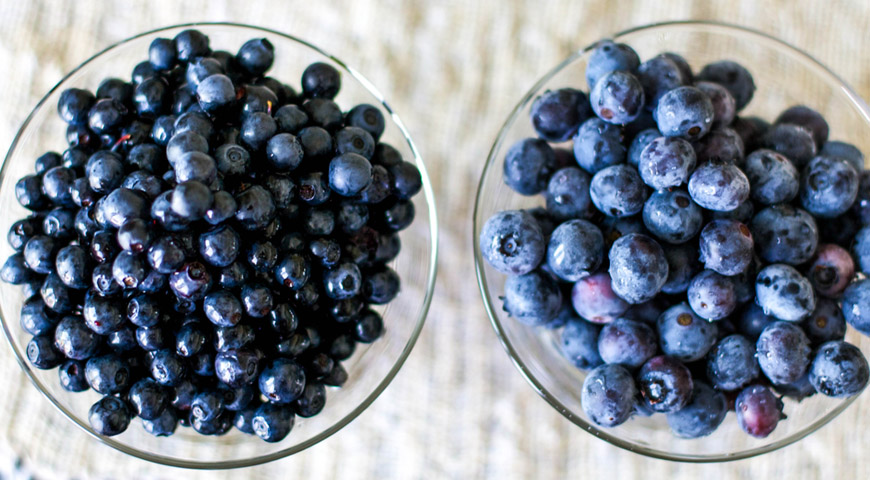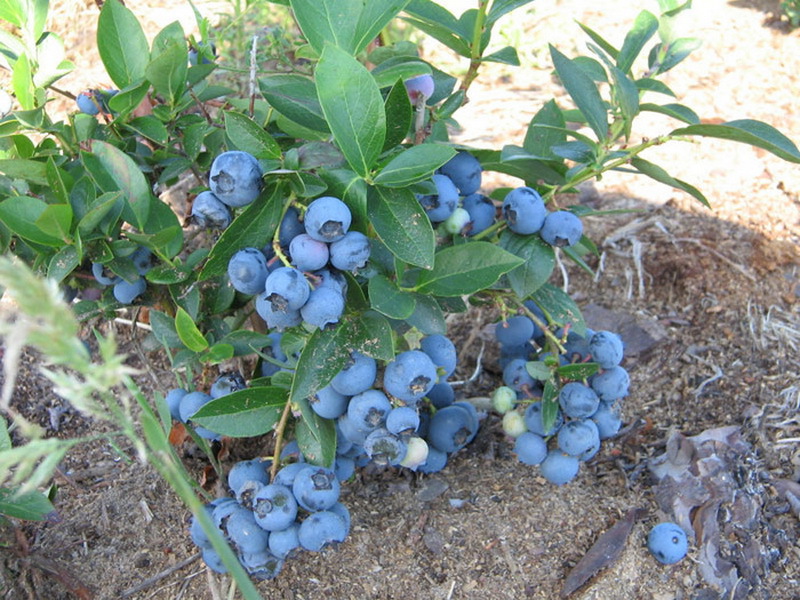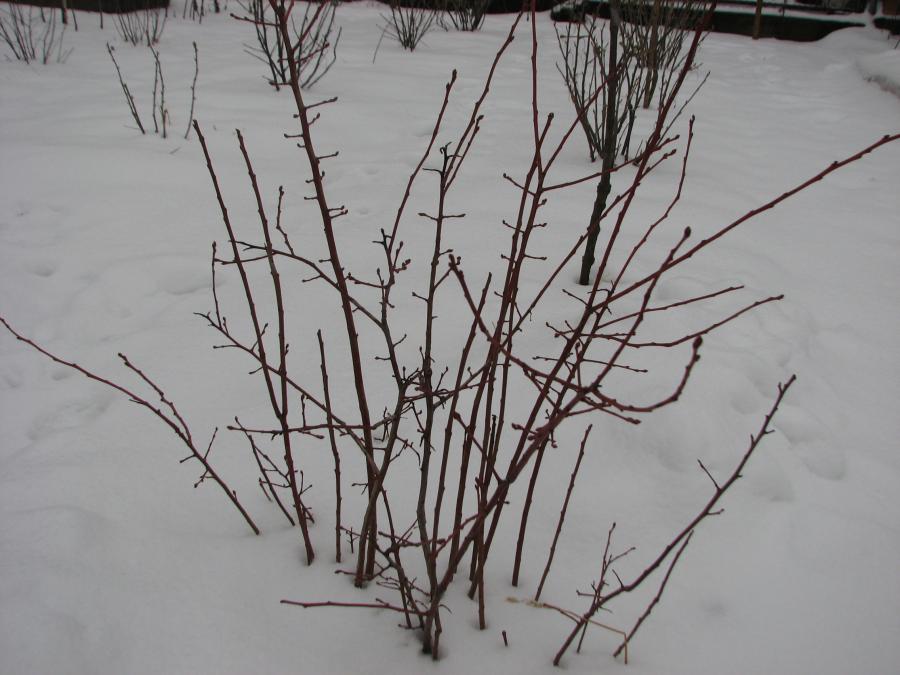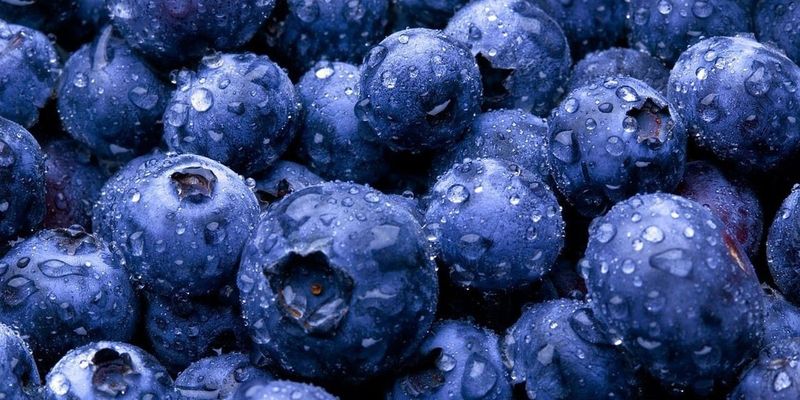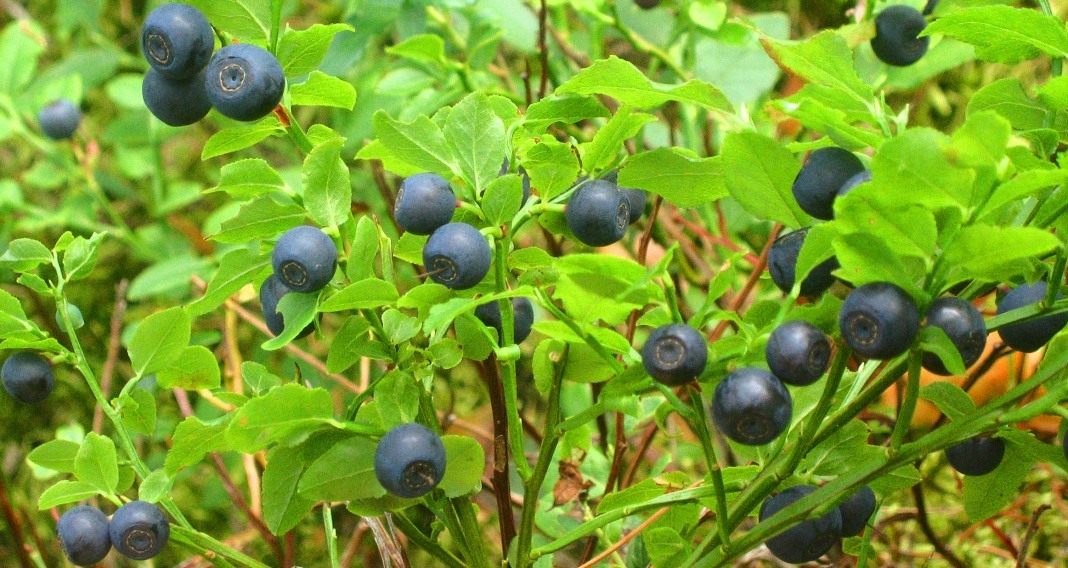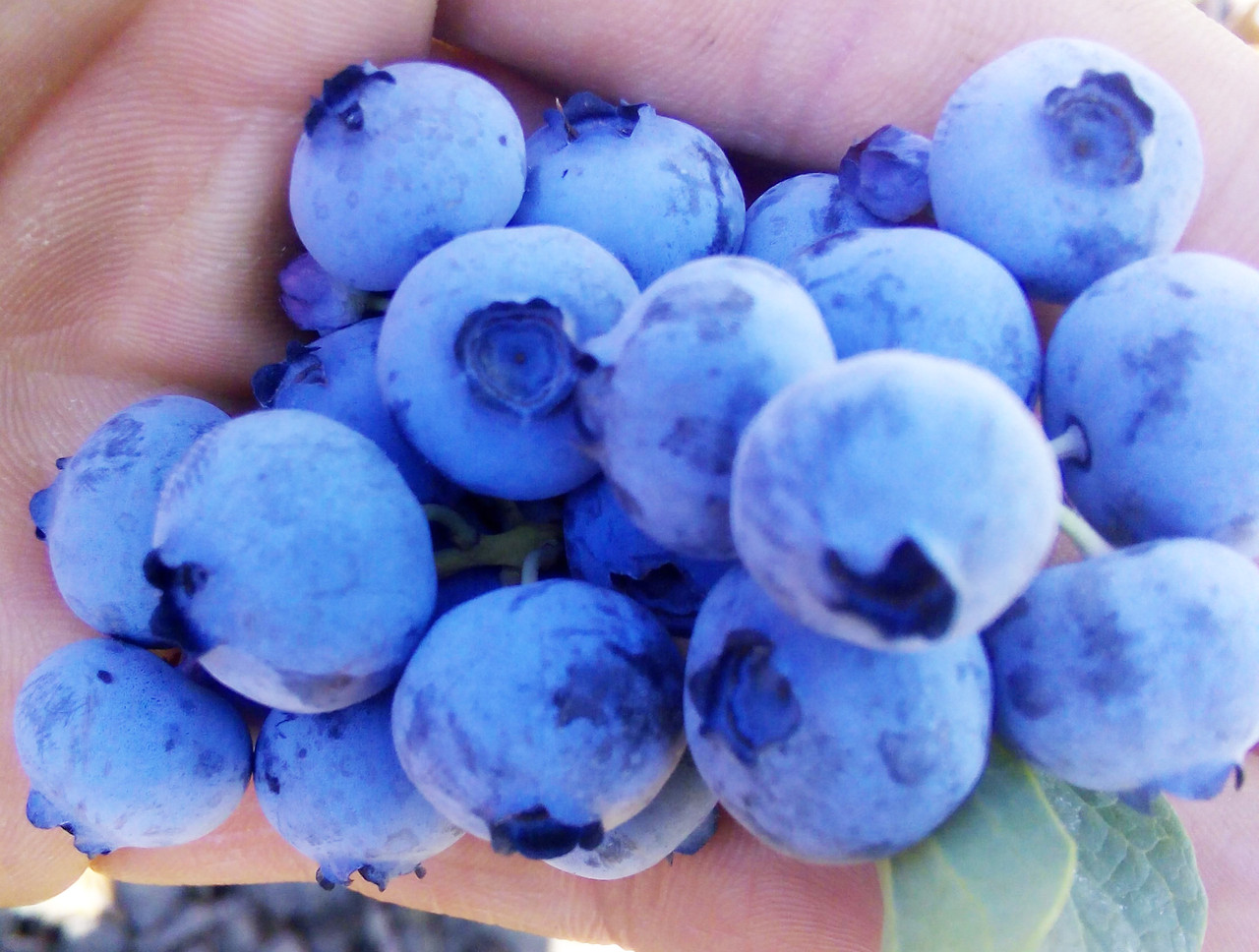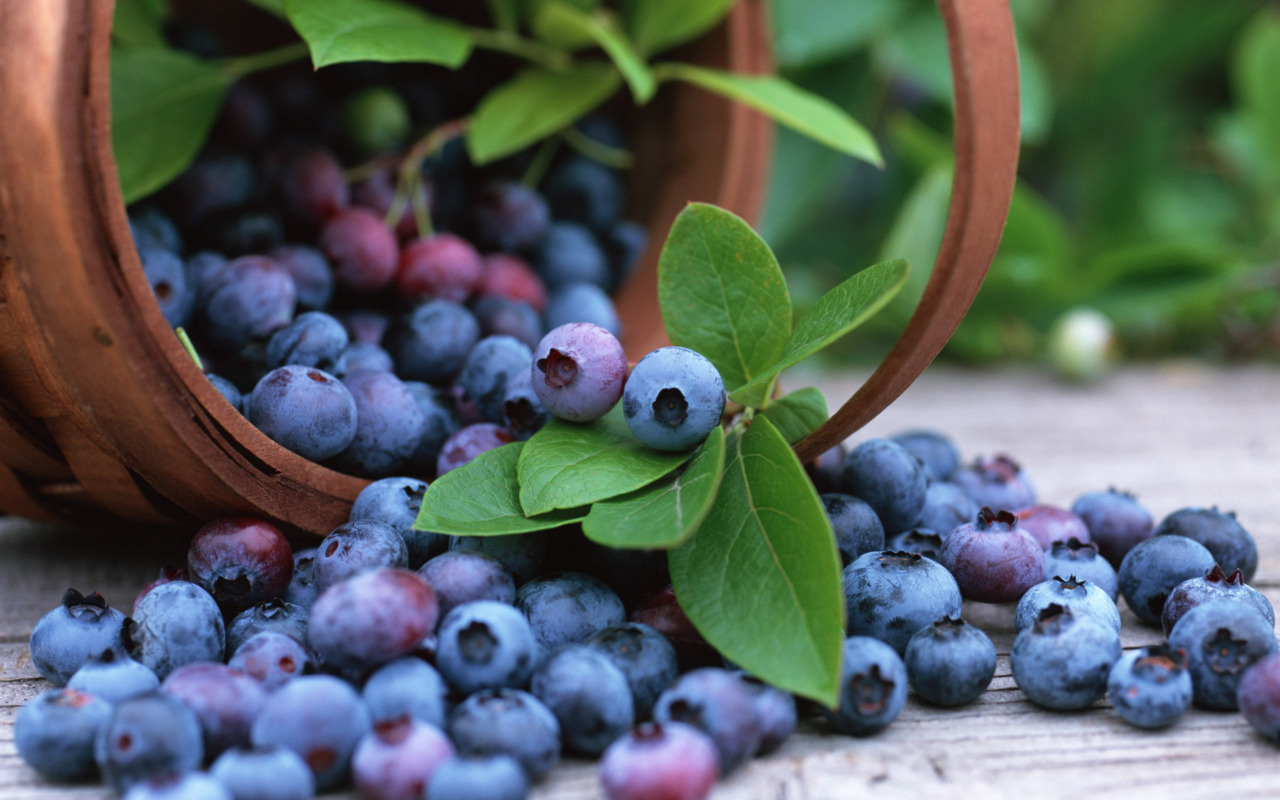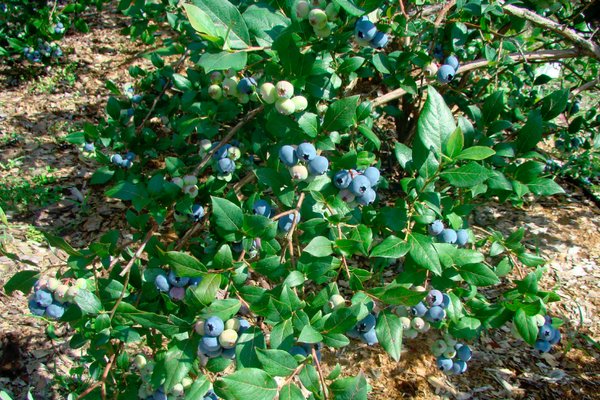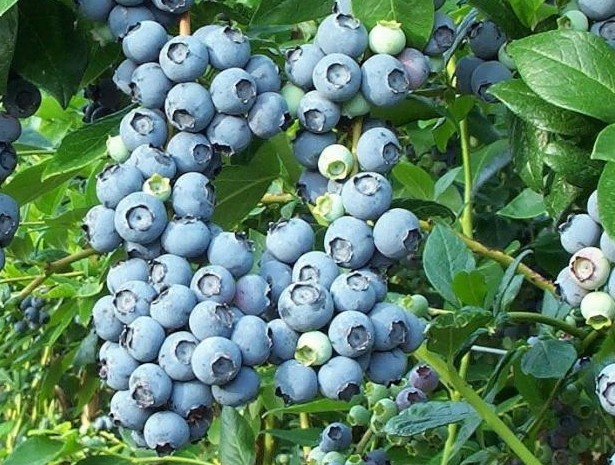Content:
Both cultures belong to the same family - Vereskovy (or Lingonberry). They also have the same habitat - the Northern Hemisphere (cold and temperate zones). They have been known for a long time, but only American and Dutch breeders are engaged in the purposeful cultivation of blueberries and blueberries.
Domestic consumers prefer to go to the forest for berries. Only a few amateur gardeners are trying to domesticate these species by transferring them from the taiga. But not all summer residents know what blueberries or blueberries look like, while others consider them identical, not understanding how they may differ.
Northern grapes, or blueberries
This culture is most common in North America and in some regions of Eurasia. It stands out for a variety of forms, but in Russia, mainly marsh blueberries, which are sometimes called grapes from swamps and a waterhouse, grow. In the words gonobel and blueberry, the only difference is in the names that define the same species.
Description
The marsh variety is a small shrub from 3 cm to 1.2 m with a diameter of 0.5-0.7 m, deciduous type. It develops by underground shoots and, under favorable conditions, can quickly turn into an extensive colony.
Wild blueberries are characterized by polymorphism, which is expressed in changes in berry forms and the bush itself under the influence of various factors. Another characteristic feature of the Heathers is the symbiosis of roots with soil fungi, whose spores are tightly fused with shoots that develop underground. The mycelium enriches the soil with nitrogen, and the blueberry plantation takes root quickly.
The plant is stem-shaped, highly branched. The bark is lignified, brown-brown in color (young shoots have a reddish tint). The leaves are simple, small in size, of various shapes - from epileptic to obovate. The upper part of the plate is dark green, with lightish veins, the lower one is glaucous.
Gonobol blooms from the second half of May and pleases the eye all June with the smallest whitish-pink graceful water lilies. In this case, shades can be unevenly distributed along the rim. The flowers have a weak, but quite pleasant aroma. The plant needs cross-pollination, which is provided by bees and bumblebees that adore the nectar of blueberry flowers.
Ripening of berries occurs in August-September, and the harvest itself stretches until the end of October. Small oval fruits, 0.7-0.8 cm wide and up to 1.2 cm long, are easy to find among the foliage due to their color - it is truly blue-blue because of the bluish bloom on the dark blue skin. The flesh itself is greenish inside, filled with a large number of tiny seeds of a light brown hue.
Features:
Due to its short growing season, bog blueberries can be cultivated in the coldest regions. Enthusiasts are trying to cultivate a culture in their summer cottage in one of two ways: vegetatively and by seeds. In the first case, fruiting begins at 4-5 years, in the second - at the 7-8th and is stable.
Among the main characteristics are the following features:
- high frost resistance;
- undemanding to soils - damp swamps, rocky soil, as well as infertile and too acidic are suitable.
It is the ability to adapt to any natural conditions that is the main difference between blueberries and other berry crops. But one requirement is worth foreseeing - the plant's dislike of both waterlogging and drought.
Value
The sweet and sour rich taste makes blueberries popular in cooking. The berry is eaten fresh, in juices, jams, frozen, dried, canned. But culture is especially valued for its healing properties.
The berry is also useful in such cases:
- helps to cope well with diathesis, especially in young children;
- thanks to the substances tannins and catechins, the juice treats stomach disorders;
- a decoction of the leaves, on the contrary, is indicated for constipation.
Despite the fact that there is not very much ascorbic acid in fresh fruits (206-48 mg), 100 g of blueberries provides the daily requirement for an adult with vitamin C. A characteristic feature of this component is its ability not to collapse during processing and not to be lost during drying. The longer the dried berry is stored, the richer its vitamin composition, which is useful in preventing the development of scurvy.
The queen of medicinal berries - blueberries
Since ancient times, this culture has been valued as a medicinal plant, but scientists have not yet managed to systematize it completely. In scientific circles, there is still debate about how many types of berries there are, and whether it is a separate genus.
In nature, bilberry is distributed from the Mediterranean to the Arctic. You can meet culture in the Alpine mountains, in the taiga, swampy forests and in the tundra. Russia also has enough natural reserves that are used by berry lovers, as well as doctors and pharmacologists. The cultivars offered for breeding are all imported. Domestic breeders are just beginning to show interest in this species.
Description
A dwarf shrub of a deciduous type grows on average from 15 to 40 cm, although individuals of 0.6 m are also found. The length of their stolon roots stretches to 12 m, quickly capturing the adjacent territory. They, like blueberries, have their own mycorrhiza (fungal symbiosis).
Twigs on a bush with sharp edges. The leaves on them are epileptic in shape with finely toothed or serrated edges.
Flowering occurs in April - June with single drooping pinkish-green water lilies. Cross-pollination is necessary for blueberries to start producing. The fruits of the bush are small, slightly flattened balls. There are 2 natural forms of fruits:
- deep black;
- a blueberry-like berry, covered with a bluish bloom.
Features:
Blueberries begin to bear fruit in 3 years after rooting, but real harvests fall on the 7th year. In total, the bushes bear fruit for no more than 16 years.
This culture is a surprisingly unpretentious plant. But she cannot stand the intense heat. And from direct sunlight, the plant dies. Therefore, going to the forest or mountains for berries, open meadows can be avoided.
Value
The berries have an excellent taste, so they like to eat them fresh. They also go to traditional processing: jams, jellies, marmalades. In some national cuisines, you can find blueberry sauce served with meat dishes, as well as soups with the addition of these fruits.
In terms of manganese content, the culture occupies a dominant place among fruit and berry plants.The chemical saturation of the fruits makes them indispensable in anti-inflammatory therapy, and in past centuries, scurvy was treated with fresh berries.
The benefits of blueberries are invaluable in many areas of medicine:
- tanning provides astringent properties for diarrhea (it is better to use jelly or dried fruits here);
- the berry helps to cope with putrid fermentation that has developed in the intestines;
- extracts, syrups and infusions treat enterocolitis of various forms;
- remedies are recommended for mild forms of diabetes - myrtillin included in the berries reduces the sugar content;
- decoctions are used to treat angina (follicular and catarrhal), as well as aphthous stomatitis;
- infusions are recommended to wash the burns;
- berries are an excellent remedy for improving vision.
The beneficial product can be found in vitamin supplements sold over the counter. The most popular of these preparations is Blueberry forte.
How to tell blueberries from blueberries
Having studied the description of two berry species of the Heather family, it is easy to understand how similar they are to each other, and how they may differ. To delve into the question of what blueberries and blueberries are, what is the difference between them, is necessary in order to accurately use the desired berry for medicinal purposes. After all, the wrong therapy will only do harm.
To learn how to distinguish between plants, it is recommended that you familiarize yourself with this information.
Comparative features
| Indicators | Blueberry | Blueberry |
|---|---|---|
| Bushes | Higher than blueberries. Growth orientation is vertical | Creeping plant |
| Stem | Light, woody | Green non-lignified shoots |
| Leaves | Simple, blunt | Ovate, pointed, with denticles along the edge |
| Fruit | · Larger than blueberry, pear-shaped; | · Rounded, slightly flattened shape; |
| · Placed on a bush in clusters; | · On the shoots are located by the piece; | |
| Outer color is gray-blue, inner color is greenish | · The shell is almost black or gray-blue. In the context of blueberries, dark blue | |
| Berry flavor | Watery sour | Tart sweet, rich |
| Berry juice | Colorless, not easily soiled | Dark blue, resistant. Included in some dyes |
| Cultivation | Easy to select | Not used for cultivation, requires wild conditions |
| Marketability | · Demanding to the conditions of collection. To preserve the presentation during transportation, you need special refrigerators; | · Easy to assemble and transport; |
| Fresh remains no more than 2 weeks, frozen - a year | It does not deteriorate fresh for a long time, it is subject to drying, freezing and processing |
A comparative description of the parameters of two representatives of the Lingonberry family will allow amateur gardeners to easily distinguish between berries. Despite the difference in some characteristics, both crops are attractive as a healthy dietary product with antioxidant properties.
If it is not possible to pick berries in the wild, you can risk growing a small plantation in your country house. But only artificially created varieties adapted for a garden plot are suitable here.
